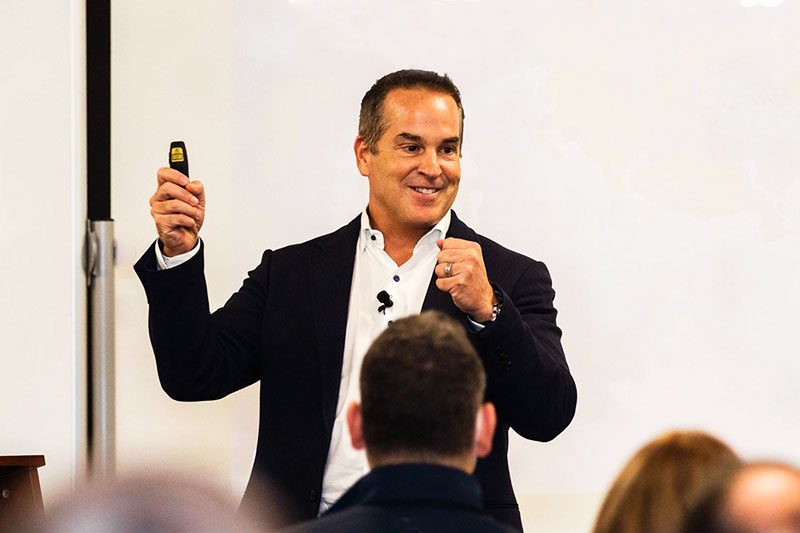Amy C. Edmonson and Aaron W. Dimmock, Harvard Business Review
Ouch! Recognizing that your perception of your impact as a leader does not align with the perception of the very people you are trying to impact is a tough pill to swallow. How does this happen and what can you do about it?
These gaps in our awareness are created by blind spots. Blind spots are those areas of our knowledge, behavior, or perspective that we are unaware of or fail to fully recognize. They can manifest as biases, assumptions, tunnel vision, or even an inability to see the consequences of one’s actions. Leaders, just like everyone else, are susceptible to these blind spots, and if not identified and corrected, they can hinder personal and professional growth.
So, how can we identify our own blind spots?
- Pay Attention: While it’s easiest to let ourselves see what we want to see, taking that path makes it impossible to see the perspective of others. When you engage with those you lead, pay attention to their responses. Do they always agree without question? Do they mirror your expressions and responses? hile on the surface it may appear that they share your perspective, what you actually may be seeing is a reflection of their perception of the boss-employee relationship.
- Seek Feedback: Encourage open and honest feedback from colleagues, team members, and mentors, and receive it without defensiveness or judgment. Thank people for their perspective and reflect on it in a constructive way.
- Diverse Perspectives: Surround yourself with a diverse group of individuals with different backgrounds and perspectives. Engaging in open conversations with people with lived experiences different from your own can reveal blind spots and broaden your understanding.
- Self-Reflection: Dedicate time to self-reflection. Regularly assess your decisions, actions, and thought processes. Consider situations where outcomes and the response of others differed from your expectations, and honestly consider how/if your blind spots played a role.
Now that you have uncovered some of your blind spots, it’s time to start correcting them.
- Acknowledge Your Blind Spots: The first step in correcting blind spots is acknowledging that they exist. Leaders must accept that they have limitations and areas where improvement is needed.
- Mindful Decision-Making: Before making decisions, pause to consider the broader context, potential biases, and alternative viewpoints. This practice can help you make more informed choices.
- Encourage Diverse Voices: Create an environment where team members feel comfortable expressing their opinions, even if they differ from your own. Encourage people to challenge your perspective. Open, diverse, and honest discussions will lead to better decision-making.
- Regular Assessments: Schedule regular evaluations of your leadership style, strategies, and decisions. This can be done by a combination of peer reviews, employee surveys, and the enlistment of an outside coach or mentor.
- Apologize and Learn: When your blind spots result in mistakes, own up to them and learn from the experience. Apologizing and taking corrective actions demonstrate humility and a commitment to improvement.
By continually assessing and correcting your blind spots, you, and everyone you lead will benefit. Here are just a few of those benefits.
- Enhanced Decision-Making: Leaders who recognize and address their blind spots make more informed decisions, leading to better outcomes.
- Inclusive Culture: Correcting blind spots promotes an inclusive workplace where diversity of thought is valued, contributing to innovation and creativity.
- Trust and Respect: Colleagues and team members respect leaders who show vulnerability and a willingness to improve. This fosters trust and collaboration.
- Adaptability: A leader who actively works on their blind spots is better equipped to adapt to changing circumstances and lead through uncertainty.
By actively seeking feedback, embracing diverse perspectives, and practicing self-awareness, leaders demonstrate their belief in the value of those around them and their own personal commitment to self-improvement.
What blind spots are you willing to uncover today?














